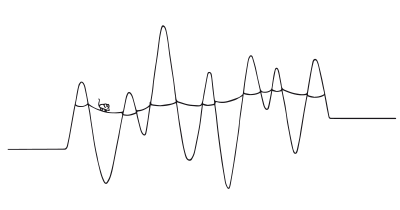


The Persuasive Patterns card decks is a collection of design tactics from product psychology, presented in a manner easily referenced and used as a brainstorming tool.
Get your deck!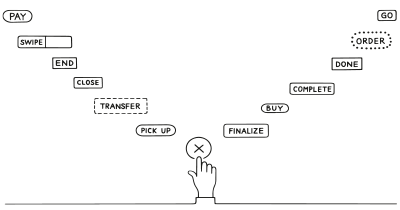
Psychological Effect
Choice ClosureWe are more satisfied with decisions when we engage in physical acts of closure
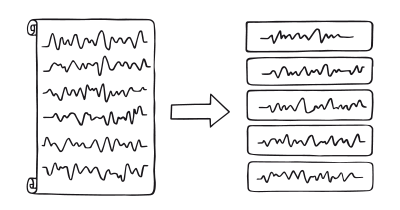
Persuasive Technique
ChunkingWe process and remember information grouped into manageable bits more easily
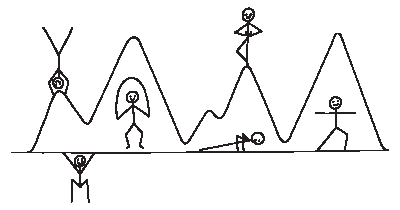
Persuasive Technique
Commitment DevicesMake it easier for users to avoid acting against one's better judgment
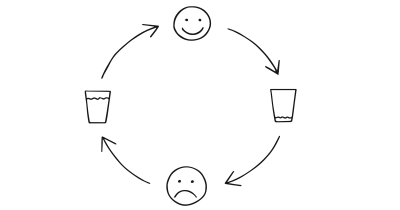
Persuasive Technique
Feedback LoopsWe are influenced by information that provides clarity on our actions
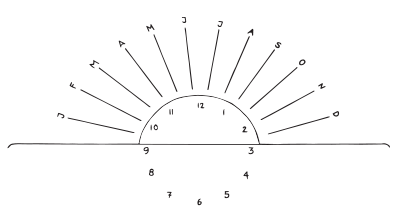
Psychological Effect
Fresh Start EffectWe are more likely to achieve goals set at the start of a new time period

Persuasive Technique
LevelsUse levels to communicate progress and gauge users' personal development
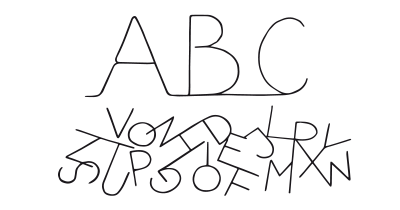
Persuasive Technique
Limited ChoiceWe are more likely to make a decision with fewer options to choose from
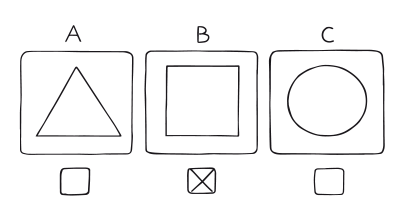
Persuasive Technique
Recognition over RecallWe are better at recognizing things than we are recalling them from memory
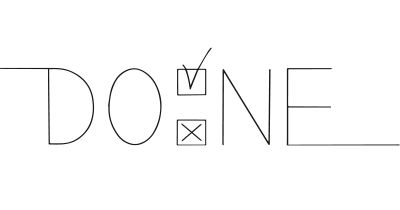
Psychological Effect
Zeigarnik EffectWe remember uncompleted or interrupted tasks better than completed ones
The Facilitate strategy streamlines processes or actions, making them more accessible and less daunting. This strategy is relevant when users encounter barriers or complexities that hinder their engagement with a product or service.
Designers should look to the Facilitate behavior change strategy category in situations where simplifying tasks or reducing friction is essential for promoting user adoption and retention.
Patterns in this category seek to answer: How do we make it easier? How do we make it:
Theoretical backgrounds within psychology, such as cognitive load theory and usability principles, support the effectiveness of Facilitate patterns by emphasizing the importance of simplicity and ease of use in driving behavior change. By incorporating Facilitate strategies, designers can remove obstacles and enhance user experience, leading to increased engagement and sustained behavior change.
The Persuasive Patterns card decks is a collection of design tactics from product psychology, presented in a manner easily referenced and used as a brainstorming tool.
Get your deck!